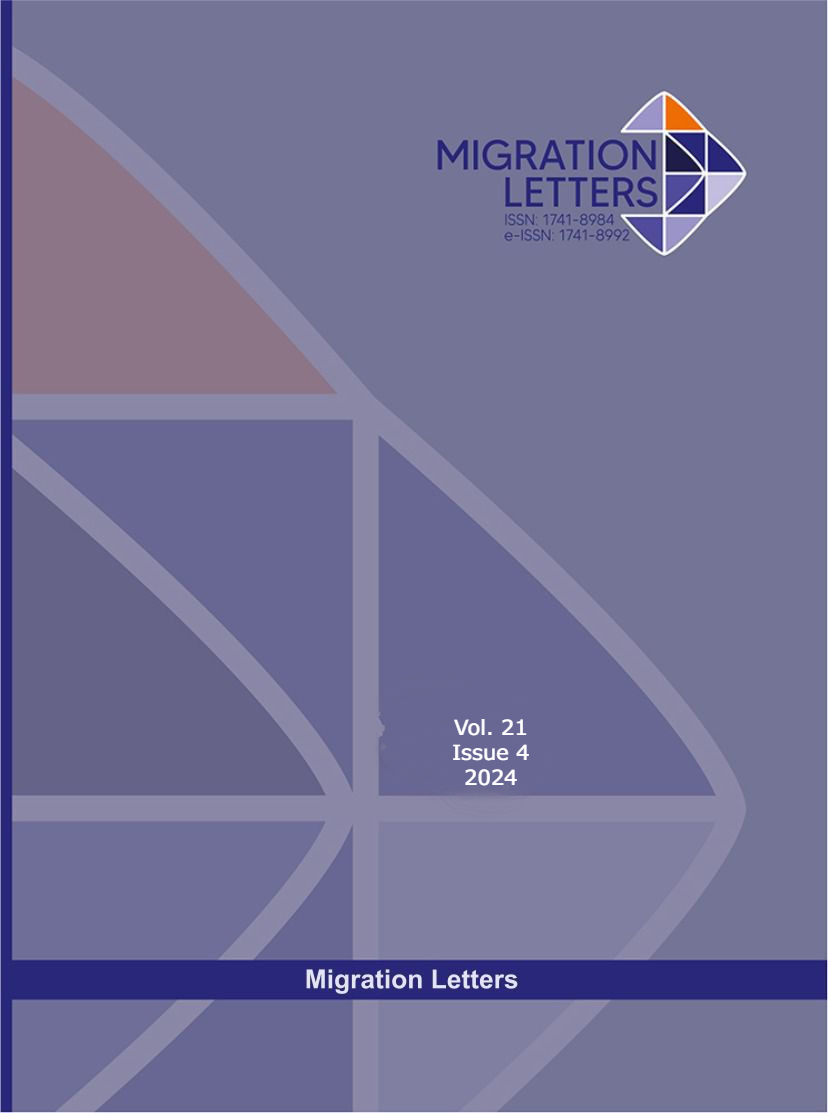Interaction Between Station Rotation Model and Cognitive Style on Student’s Collaborative Skills
Abstract
This research aims to investigate the interaction between the station rotation model and students' cognitive styles on the development of collaborative skills. This research uses a quasi-experiment which is described in a factorial design and used to examine the effect of the station rotation model and cognitive style on collaborative skills in junior high school students. The data collection uses test and field observation then the data analysis used the SPSS software. The research findings revealed students with a field-independent cognitive style showed higher achievement when using SRM 2, a score reaching 38.35, while when applying SRM 1, the score was slightly lower, namely 36.241. In contrast, students with a field-dependent cognitive style achieved higher scores through the application of SRM 1, a score reaching 37.057. The results of the Tests of Between-Subjects Effects analysis show by a p-value of 0.000, which is lower than the significance threshold of 0.050.
Metrics
Downloads
Published
How to Cite
Issue
Section
License

This work is licensed under a Creative Commons Attribution-NonCommercial-NoDerivatives 4.0 International License.
CC Attribution-NonCommercial-NoDerivatives 4.0






